The forerunner of the industrial revolution. A Mecca for museum enthusiasts of various kinds. A city that, although located in France, thanks to its turbulent history, is rich in many German accents. Do you already know where I am taking you in this article?
Mulhouse is the capital of southern Alsace and a city that serves as an excellent base for exploring several interesting places in the area. Its location near the border of three countries (France, Germany, and Switzerland) ensures that even during a short stay, you can enjoy a significant dose of multicultural attractions.
In terms of architecture and natural landscapes, Mulhouse largely resembles many cities in southern Germany. This observation can also be made when visiting other cities in the Alsace region. Since this region was once under German rule, these influences can also be seen in the Alsatian dialect, which incorporates elements of both French and German languages.
FUN FACT: The name of the city, Mulhouse, is a combination of the German words mühl and haus, meaning mill and house. In French, these words are moulin and maison. With this in mind, it’s easy to see that the city’s name refers much more to the German language than to French. Incidentally, a mill wheel is the city’s main symbol.
Exploring Mulhouse
Mulhouse is a city that today is mainly associated with the textile and tanning industries. A few days, or even just a weekend, are enough to see the most interesting spots. The main attraction is the historic city center, along with a range of significant museums, whose themes are diverse and unique. However, if you plan to explore other fascinating places in the surrounding area (which I highly recommend), it’s best to reserve at least 1-2 weeks for such a trip.
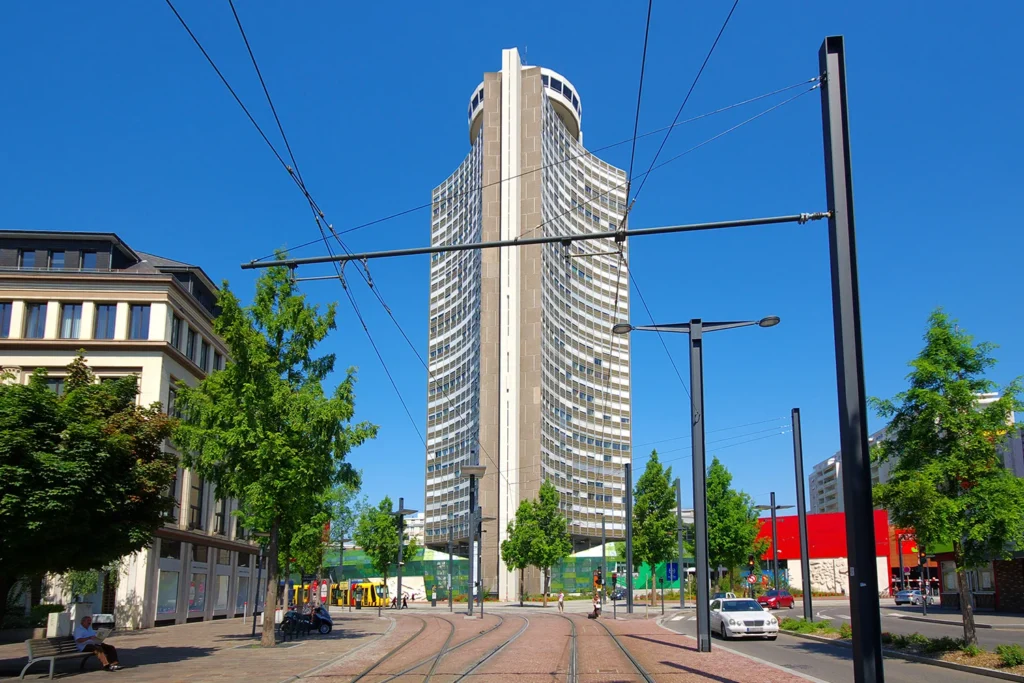
Old Town of Mulhouse and Place de la Réunion
Although the old town is relatively small, it’s a must-see during any stroll through Mulhouse. At its heart, on Place de la Réunion, stands the massive Protestant church, Temple Saint-Étienne. Its size, as well as its central location on the square, often lead to it being referred to as a cathedral (fr. Cathédrale de Mulhouse).
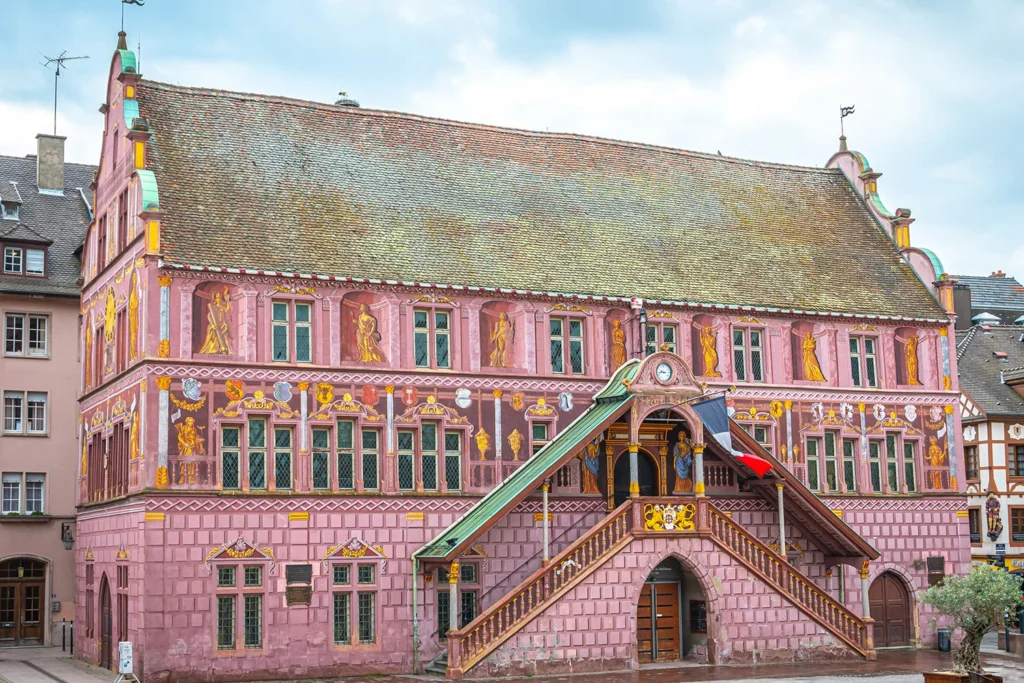
Another equally distinctive building in the old town of Mulhouse is the Town Hall (fr. Hôtel de ville). You’ll easily recognize it, as it’s the only large building in the old town whose façade is covered in a vibrant pink color. The buildings surrounding Place de la Réunion are also brightly colored, adding to the charm of the area.
Christmas Markets in the Historic City Center

From late November to the end of December, the historic center of Mulhouse transforms into a magical Christmas wonderland. This is when you can experience the charming Christmas markets, which are a hallmark of this part of Europe. At around 100 stalls, visitors can purchase unique handcrafted products, ceramics, jewelry, Christmas decorations, and local food products, such as Alsatian honey and wine.
The Christmas markets in Mulhouse are also a perfect opportunity to savor Alsatian cuisine. Dishes like tarte flambée, sauerkraut, and aromatic mulled wine are always in abundance.
National Automobile Museum
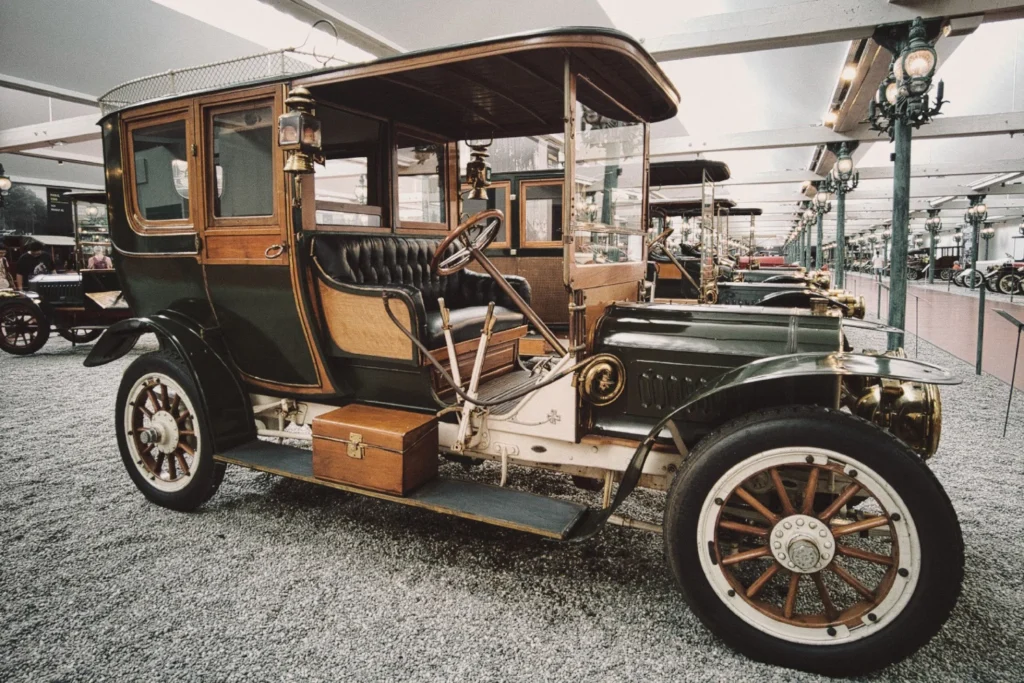
Mulhouse is a city rich in museums, and at the top of that list is the National Automobile Museum. This collection began in 1961, but it wasn’t opened to the public until 1982. Inside, the museum traces the history of the automobile, from the earliest motor vehicles to modern times. Here, you’ll find 243 iconic car models, including race cars from various periods.
GOOD TO KNOW: Mulhouse is especially popular in the summer. Thanks to the Festival des Légendes, a parade of vintage vehicles, car enthusiasts from all over gather in the city to admire these classic automotive gems.
Railway Museum
If cars aren’t your thing, how about trains? The Cité du Train is the largest railway museum in Europe, showcasing locomotives and carriages that have played a crucial role in the history of rail transport. The oldest exhibits date back to the first half of the 19th century. It’s the perfect place, not only for its well-preserved pieces but also because it illustrates the historical significance of railways. Beyond being a mode of transportation, the railway system also impacted the course of wars. The museum features several interactive exhibits and a large-scale working model that helps visitors better understand how rail systems operate.
Fine Arts Museum
Founded in 1864, the Musée des Beaux-Arts in Mulhouse houses a collection of works from the Middle Ages and the Renaissance. This includes Flemish, French, and Italian paintings from the 17th and 18th centuries. The museum also boasts the largest collection of works by Jean-Jacques Henner in this part of France. Among other artists whose works are featured, you’ll find Peter Brueghel (both elder and younger), Peter Binoit, Jacob Ruisdael, William Bouguereau, Jean-Joseph Benjamin-Constant, and Léon Glaize.
Electricity Museum
What would the world look like without electricity? You can explore the answer at the Musée Electropolis, which is entirely dedicated to this subject. A visit here offers a glimpse into electricity as a groundbreaking invention that transformed industry and society in the 20th century. The Electropolis Museum also highlights the evolution of everyday items that gained “new life” thanks to electricity. In addition to a rich dose of history, a visit here also provides a look into the future, showcasing potential developments in this vital field of science.
What to See Around Mulhouse?
If you don’t want your holiday to end with just Mulhouse, I encourage you to visit several other nearby places. You can easily reach all of them by car (you can rent a vehicle for a one- or multi-day trip at a reasonable price via RentalCars), and the journey to most of the destinations listed below won’t take more than an hour.
Alsace Ecomuseum
Though at first glance this place resembles an open-air museum, don’t be fooled by appearances. The Ecomusée d’Alsace is much more than just an ethnographic museum. Spanning nearly 100 hectares, it features 80 houses showcasing traditional Alsatian architecture from the early 20th century. The interior of each house has been reconstructed to reflect the working and living conditions of various craftsmen (potters, basket weavers, carpenters). This effect is largely due to the museum’s vast collection of tens of thousands of everyday items displayed in each house.
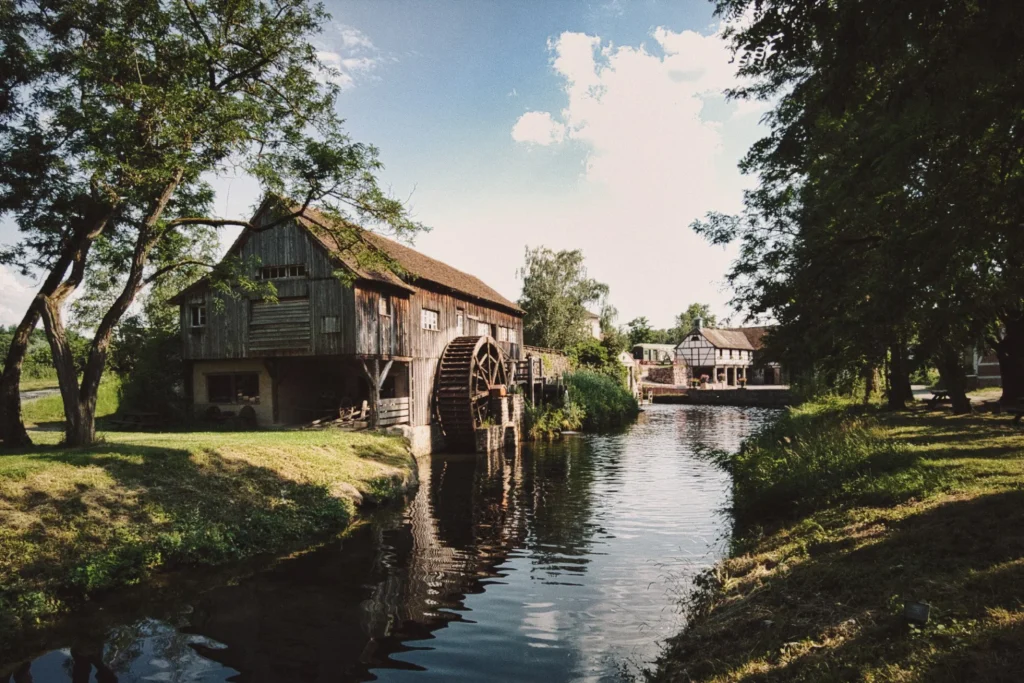
But that’s not all. The Alsace Ecomuseum is also a special place in terms of biodiversity. It is home to over 5,000 species of animals, with storks holding a special place. You can admire their nests atop many of the museum’s buildings from just a few meters away.
Little Prince Theme Park
Opened in 2014, Le Parc du Petit Prince is themed around the beloved story of “The Little Prince” from Antoine de Saint-Exupéry’s famous book. Covering 24 hectares, the park features 36 attractions, providing fun for both children and adults. One of the most popular attractions is the opportunity to rise 150 meters in a hot air balloon!
Touring Alsace’s Fairy-Tale Villages
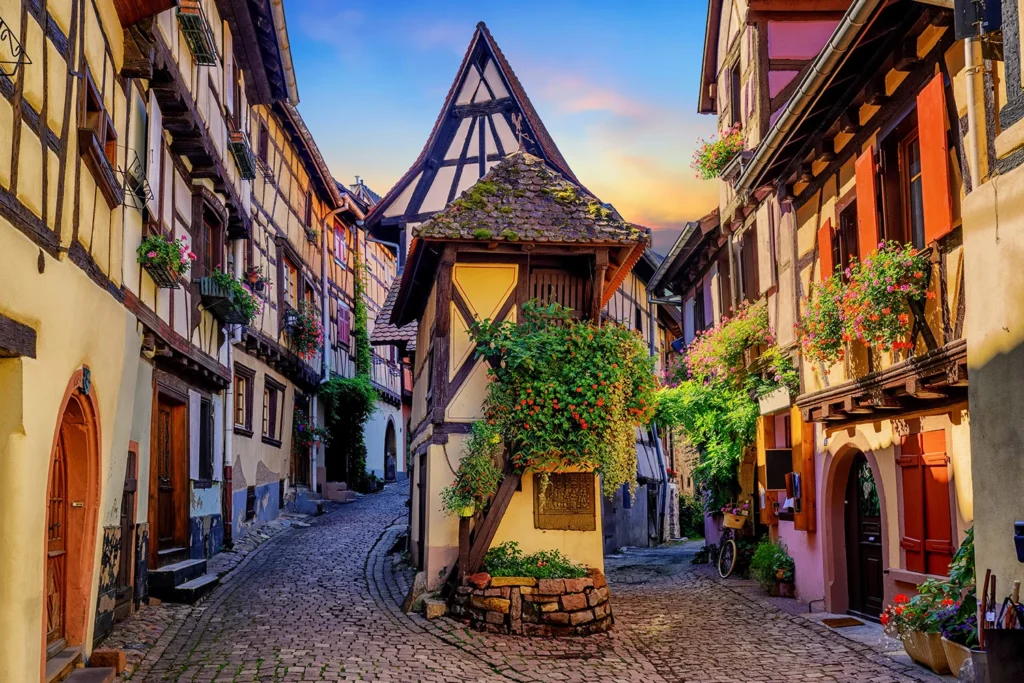
Did you know that the Little Prince Theme Park isn’t the only place where you’ll feel like you’re in a fairy tale? The Alsace region is dotted with charming small towns, where traditional architecture is the main reason millions of tourists visit each year. Colmar, Kaysersberg, and Eguisheim are just a few examples of places that enchant visitors at first sight.